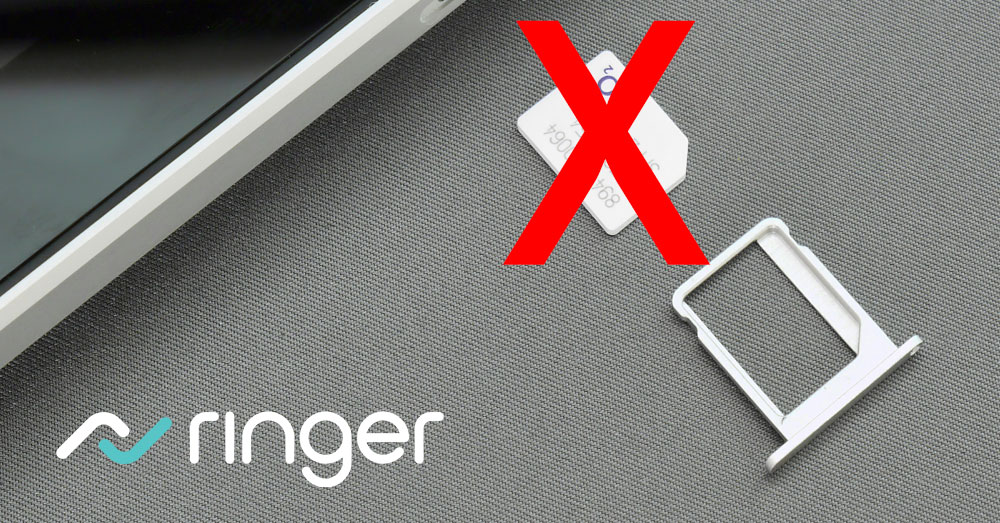
May 20, 2024
Devices at Work: eSIM and What You Need to Know
When I say “eSIM,” most people immediately think of that little piece of hardware that came with flip phones back in the 90s. Some may have traveled abroad recently and learned about eSIMs to help them stay connected. You’re going to be hearing a lot about eSIM later this year, especially from Ringer, so let’s set the record straight about what it is and why it should matter to you.
What is an eSIM
First, SIM is short for Subscriber Identity Module and it is inside every cell phone. It connects your mobile phone number to your wireless service provider and stores personal data. SIM card technology has evolved resulting in smaller form factors (micro-and nano-sized cards) creating more space in a mobile phone for wireless providers to add additional features. To minimize space occupied by SIMs, eSIMs were developed.
The “e” in eSIM stands for embedded. It is hardwired into a smartphone (versus the SIM card that is removable) and is present in other consumer products such as wearables and computers.
According to GSMA Intelligence, there will be 1 billion eSIM smartphone connections by 2025 and 76% of all smartphones will be using eSIMs by 2030. eSIM technology is now a standard feature of all major smartphone releases. So, there is a high probability that your current mobile phone is eSIM enabled.
eSIM at Work
eSIM can play a leading role in enabling new enterprise services and helping organizations simplify device management and connectivity. With eSIM technology, businesses can:
- Manage connectivity through a centralized platform eliminating the need for physical SIM cards. This decreases the complexity of managing mobile subscriptions across devices and locations.
- Adjust connectivity needs through remote provisioning. eSIMs (or phone lines) can be activated and deactivated providing flexibility and scalability as businesses and employee requirements change.
- Provide global connectivity without the need to swap out physical SIMs. Employees stay connected regardless of location and organizations can simplify international mobile operations.
- Ensure the security of data transmitted between a device and a mobile network. As the eSIM is embedded into the phone, its advanced hardware and software design and up-to-date encryption protocols reduce risks associated with SIM card cloning, unauthorized access and data breaches.
- Achieve cost savings by optimizing mobile data plans and removing costs associated with SIM card allocation and replacement.
- Consolidate connectivity across devices in an organization as eSIM technology is device and manufacturer-agnostic.
The evolution from SIM to eSIM is transforming the way businesses manage connectivity for employees and devices. It has the potential to reshape business models and foster innovation in the digital ecosystem. Ringer will soon be leading the charge to revolutionize the way businesses and employees connect and interact in an increasingly digital world by helping employers meet today’s workforce needs with a game-changing corporate phone service that leverages eSIM technology to streamline work and life for mobile employees. Sign up to receive updates and be among the first to learn more about what Ringer is bringing to market: ringer.tel
Kerry Garrison brings more than 34 years of marketing and technical expertise to his role at Ringer. Responsible for planning, building and executing marketing campaigns to expand Ringer’s reach, Kerry understands the industry landscape and is an expert at delivering solutions that solve customer challenges.
Kerry serves as director of product marketing at Teliax, a national CLEC that pioneered business VoIP and has held executive roles at companies such as 888VoIP, XO Communications, Inc. and Vitelity.
Kerry is a graduate of Irvine College with a BS in Business Management.